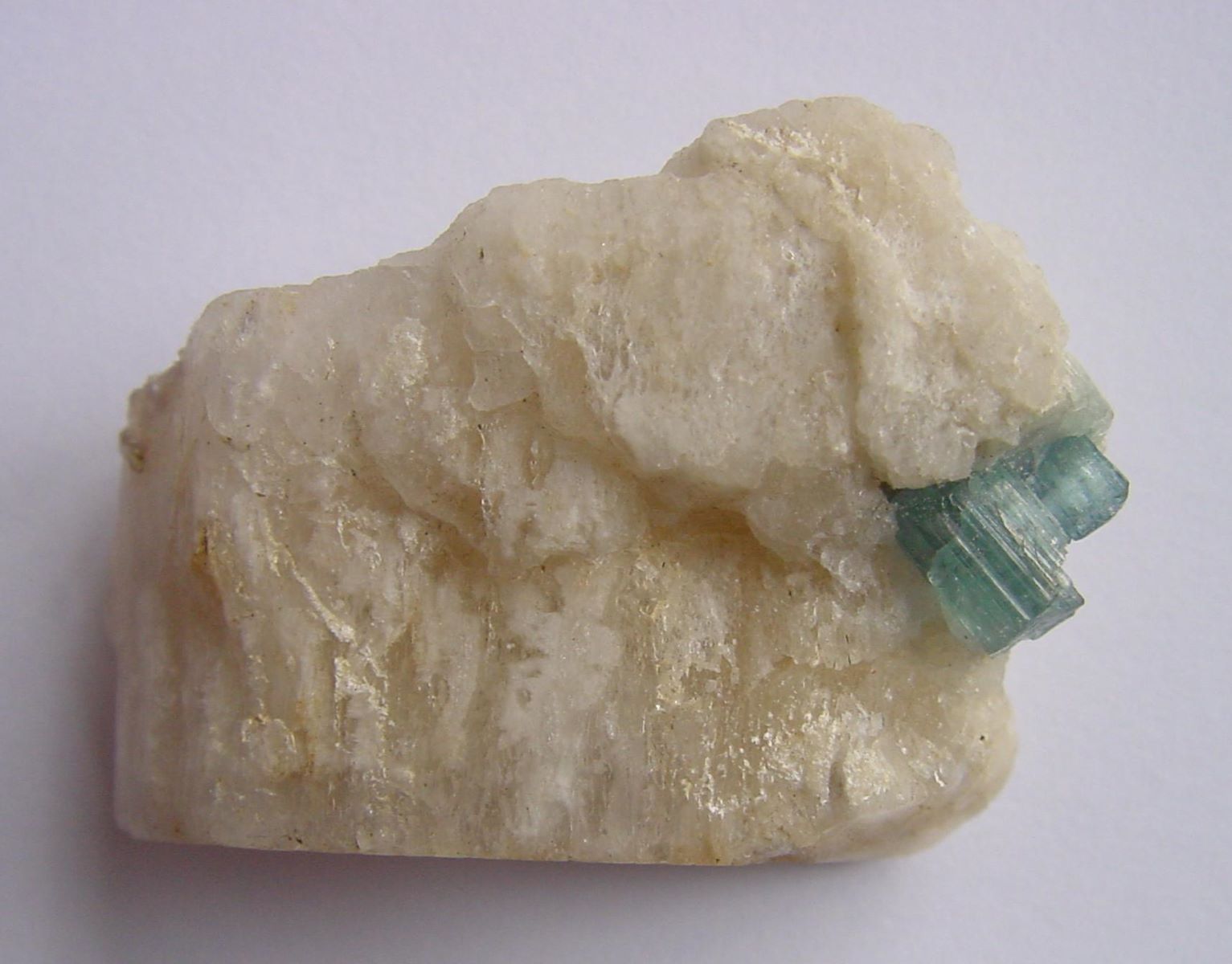
Petroglyphs are ancient rock carvings that offer a glimpse into the lives and cultures of early humans. These fascinating artworks, etched into stone surfaces, can be found all over the world, from the deserts of the American Southwest to the mountains of Siberia. But what exactly are petroglyphs, and why are they important? Petroglyphs serve as historical records, depicting everything from daily activities to spiritual beliefs. They help archaeologists and historians understand how ancient societies lived, communicated, and evolved. In this blog post, we'll explore 30 intriguing facts about petroglyphs that will deepen your appreciation for these ancient masterpieces. Whether you're a history buff or just curious, these facts will provide a captivating look into the world of petroglyphs.
Key Takeaways:
- Petroglyphs are ancient rock carvings that tell stories of early humans. They depict animals, humans, and celestial events, offering a glimpse into prehistoric life and beliefs.
- Petroglyphs are found worldwide and hold cultural, spiritual, and practical significance. They can convey stories, communicate messages, and serve as maps or guides, providing valuable insights into ancient cultures.
30 Facts about Petroglyphs
Petroglyphs are ancient rock carvings that offer a glimpse into the lives and cultures of early humans. These fascinating artifacts are found worldwide, each telling a unique story. Let's dive into some intriguing facts about these ancient carvings.
What Are Petroglyphs?
Petroglyphs are images created by removing part of a rock surface through incising, picking, carving, or abrading. They are found on every continent except Antarctica.
- Petroglyphs date back thousands of years. Some of the oldest petroglyphs are over 40,000 years old, providing a window into prehistoric times.
- They are different from pictographs. While petroglyphs are carved into rock, pictographs are painted onto rock surfaces.
- Petroglyphs can be found worldwide. From the deserts of the American Southwest to the caves of Europe, these carvings are a global phenomenon.
- They often depict animals and humans. Common subjects include deer, bison, and human figures, reflecting the daily life and beliefs of ancient people.
- Some petroglyphs are astronomical markers. Certain carvings align with celestial events like solstices and equinoxes, indicating an early understanding of astronomy.
How Were Petroglyphs Made?
Creating petroglyphs required skill and patience. Early humans used tools made from harder stones to chip away at the rock surface.
- Tools were made from harder stones. Flint, quartz, and other hard stones were used to carve the images.
- Techniques varied by region. Different cultures developed unique methods for creating petroglyphs, influenced by the type of rock and available tools.
- Some petroglyphs were made using metal tools. In later periods, metal tools allowed for more intricate designs.
- They were often created in sacred or significant locations. Many petroglyph sites are found near water sources, on high ground, or in places with spiritual significance.
- The process could take days or even weeks. Depending on the complexity of the design, creating a single petroglyph could be a lengthy endeavor.
What Do Petroglyphs Represent?
The meanings behind petroglyphs can be complex and varied. They often hold cultural, spiritual, or practical significance.
- They can tell stories. Some petroglyphs depict scenes from myths, legends, or historical events.
- They may have been used for communication. Petroglyphs could convey messages or information to other groups or future generations.
- Some represent spiritual beliefs. Many carvings are thought to have religious or ceremonial purposes.
- They can indicate territorial boundaries. Petroglyphs might mark the edges of a group's territory.
- Some are maps or guides. Certain carvings could serve as navigational aids, showing routes or important locations.
Famous Petroglyph Sites
Numerous sites around the world are renowned for their petroglyphs. These locations attract researchers and tourists alike.
- Valley of Fire, Nevada. This site features thousands of petroglyphs, some over 3,000 years old.
- Altamira, Spain. Known for its prehistoric cave paintings, Altamira also has significant petroglyphs.
- Petroglyph National Monument, New Mexico. Home to over 20,000 petroglyphs created by Native Americans and Spanish settlers.
- Twyfelfontein, Namibia. A UNESCO World Heritage site with over 2,500 rock carvings.
- Gobustan, Azerbaijan. This site contains petroglyphs dating back to the Stone Age.
Preservation and Threats
Preserving petroglyphs is crucial for maintaining our connection to ancient cultures. However, these artifacts face numerous threats.
- Natural erosion. Wind, rain, and temperature changes can wear away the carvings over time.
- Human activity. Vandalism, construction, and tourism can damage or destroy petroglyphs.
- Climate change. Shifts in climate can accelerate natural erosion processes.
- Conservation efforts. Many organizations work to protect and preserve petroglyph sites through legislation and education.
- Digital documentation. Advances in technology allow for detailed recording and study of petroglyphs, helping to preserve their information.
Modern Interpretations
Today, petroglyphs continue to inspire and intrigue. Modern interpretations and studies offer new insights into these ancient carvings.
- Archaeological research. Ongoing studies help to uncover the meanings and contexts of petroglyphs.
- Cultural heritage. Many indigenous groups view petroglyphs as an important part of their cultural heritage.
- Artistic inspiration. Contemporary artists often draw inspiration from petroglyph designs.
- Educational value. Petroglyphs are used in educational programs to teach about ancient cultures and history.
- Tourism. Petroglyph sites attract visitors from around the world, promoting cultural exchange and understanding.
Final Thoughts on Petroglyphs
Petroglyphs offer a fascinating glimpse into ancient cultures. These rock carvings, found worldwide, tell stories of early human life, beliefs, and daily activities. They serve as a bridge connecting us to our ancestors, revealing their creativity and ingenuity. Studying petroglyphs helps us understand the evolution of human communication and artistic expression.
Preserving these ancient artworks is crucial for future generations. They are irreplaceable records of our shared history. By protecting and studying petroglyphs, we honor the legacy of those who came before us and ensure their stories continue to inspire.
Next time you see a petroglyph, take a moment to appreciate its historical significance. These carvings are more than just art; they're a testament to human resilience and creativity. Let's cherish and protect these ancient treasures for years to come.
Frequently Asked Questions
Was this page helpful?
Our commitment to delivering trustworthy and engaging content is at the heart of what we do. Each fact on our site is contributed by real users like you, bringing a wealth of diverse insights and information. To ensure the highest standards of accuracy and reliability, our dedicated editors meticulously review each submission. This process guarantees that the facts we share are not only fascinating but also credible. Trust in our commitment to quality and authenticity as you explore and learn with us.


